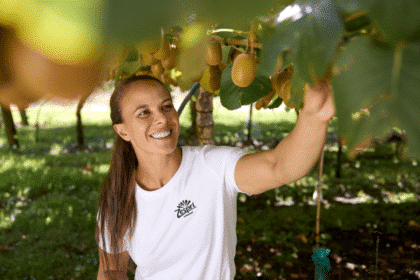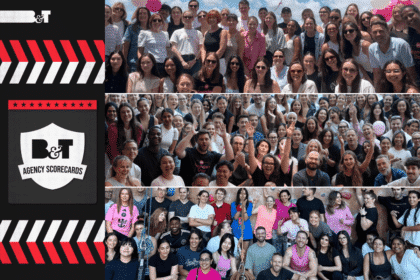New VicHealth research has found an increase in the number of unhealthy food promotions targeted to Victorians living in low-income suburbs on food delivery platforms during coronavirus.
The study looked at food options and promotions in some of the highest income suburbs compared to the lowest on three of the most popular food delivery services in Victoria: Deliveroo, Menulog and UberEats.
Key findings of the study found:
• People in low income suburbs had to scroll through 23 unhealthy food venues before healthy option was available (this increased from 12 pre-coronavirus)
• People in high income suburbs had to scroll through 7 venues before a healthy option was available (this decreased from 8 pre-coronavirus)
• 95% of food promotions in low-income areas were for unhealthy food during coronavirus, compared with 69% of promotions in high income areas
• During coronavirus platforms increased promotions featuring free ‘add-ons’ of unhealthy foods such as ice creams, soft drinks, garlic bread and desserts
• High-income areas had more access to healthier options
• During coronavirus there was an increase in options from bottle shops and wine cellars
It found food delivery giants were more likely to push unhealthy foods like burgers, soft drinks and donuts to people in low income areas compared to wealthier postcodes, with 95 per cent of promotions in poor suburbs for unhealthy food compared with 69 per cent of promotions in richer areas.
The study also found during coronavirus, people living in poorer suburbs had to scroll past an average 23 unhealthy food venues before finding a healthy option. This increased from an average of 12 venues before coronavirus.
The findings were vastly different for people living in some of Victoria’s most affluent postcodes, with residents only having to scroll past 7 unhealthy venues before finding a healthier food option.
VicHealth CEO Dr Sandro Demaio said considering people are using these services more frequently during the pandemic, what they’re being pushed to order can have a real impact on their health.
“Our research found that if you live in a low-income suburb you’re very unlikely to receive offers on healthy, fresh, delicious food when you order food via a delivery platform,” Dr Demaio said.
“It’s unethical that during a health pandemic these multi-million-dollar platforms target people who are already facing barriers to good health with harmful promotions like high fat meal deals, discounts off burgers and chips, and free sugary soft drinks.
“These platforms know people are more likely to buy options that are easy to find and cheap. That’s why it’s so concerning to see a huge difference in what’s available and promoted in our rich and poor suburbs – sushi and salad are on offer for Toorak, but salty, high sugar fast foods for low-income suburbs.”
Dr Demaio said it was important that food delivery services are held to higher standards in how they market and sell their products.
“We want to see healthier food front and centre on these apps regardless of what postcode you’re in. We’d also like to see apps work with their partners to deliver more promotions on healthier food such as salads, vegetable dishes and sushi.”
The research found a significant difference in how food was marketed compared to its actual nutrition content. Across low and high-income areas food outlets selling mostly high-calorie foods full of salt, sugar and fat, were often described as ‘fresh’, ‘healthy’ and ‘lean’. In lower income areas it was more common to see foods marketed in terms of their price and perceived ‘value’.
Dr Demaio said it was important that people looked behind the spin when ordering a meal through food delivery apps.
“These platforms try to manipulate you into buying and eating more than you need. Some of the meal deals we saw on these apps contained almost your entire days’ worth of kilojoules in one meal,” he said.
“It might look like good value to order a meal deal, but if it comes loaded with soft drinks and desserts you wouldn’t normally have bought it’s not a good deal. Often it’s cheaper and healthier to stick to what you wanted rather than being manipulated into buying a ‘deal’ that comes at a cost to your wallet and your health.”
However, an Uber Eats spokesperson counted the claims.
In a statement sent to B&T, the spokesperson said: “As a food delivery platform we actively seek to partner with local restaurants in all the areas we operate.
“Uber Eats is already a platform of choice, with more than twenty thousand restaurants and hundreds of thousands of menu items available on the Uber Eats platform across the country. We are connecting Australians with healthy choices every day. Last year 37 thousand salads were ordered on the Uber Eats app in a single month, while in August the Poke bowl was the most ordered item nationally.
“The freedom offered by our wide and growing selection is something our eaters value, so we will continue to expand our restaurant lineup while also using enhanced product design to help customers easily navigate to selections they’re interested in, including healthy tabs.”








